In the appropriately titled “Caliphate: The History of an Idea,” British historian Hugh Kennedy takes it upon himself to recover the caliphate’s meaning, and he succeeds with welcome doses of erudition, accuracy and, when necessary, empathy, writes Shadi Hamid. This piece was originally published by the Washington Post.
For the first time in nearly a century, the caliphate—or at least a caliphate—has become something tangible, but also something brutal and frightening. In a brilliant stroke of ideological appropriation, the Islamic State took an idea that had animated the Muslim world for nearly 14 centuries and made it its own. In so doing, it also managed to taint an idea that hundreds of millions of Muslims continue to look to with considerable longing.
Even before the Islamic State dominated our headlines, the specter of a caliphate had become an easy stand-in for anti-Muslim posturing on the American and European far right. The Muslims were, once again, coming.
In the appropriately titled “Caliphate: The History of an Idea,” British historian Hugh Kennedy takes it upon himself to recover the caliphate’s meaning, and he succeeds with welcome doses of erudition, accuracy and, when necessary, empathy.
Most Muslims, myself included, grow up with at least pieces of this history. We come to know the “righteously guided” caliphs with a kind of intimacy that belies the passing of time. The prophet Muhammad succeeded in founding a new religious community and a fledgling state. Abu Bakr, Omar, Uthman and Ali, the close companions of the prophet, founded an empire. To be caliph meant to be “a successor of the Prophet of God.” Meanwhile, the concept of the caliphate, Kennedy tells us in the book’s rather inviting first page, “offers an idea of leadership which is about the just ordering of Muslim society according to the will of God.”
Like the similarly abused sharia—which includes but goes beyond Islamic law—the caliphate was a diverse and complex thing, evolving according to the demands of time and place. Far from a harsh and imposing Islamic dystopia, the caliphate, at least in its Abbasid heyday from 750 to 945, was the site of scientific advances and a flourishing intellectual culture. One of Kennedy’s most useful contributions is to subtly unpack the puzzle of how an order governed and guided by God’s law could also be characterized not just by heterodox philosophical inquiry but also by Islamically prohibited behaviors such as wine drinking. Caliphal courts flowed with it, and poets valorized it. The great Abbasid-era love poet, Abu Nuwas, who died in 814, “celebrates gay sex with unconcealed enthusiasm” (although some have explained such appreciations, in retrospect, as metaphorical).
A caliphate where even caliphs drank and where young boys were admired for their beauty is probably a difficult one to absorb for today’s observers, Muslim and non-Muslim alike. In the premodern era, however, the distinction between private and public spheres was quite different. From the standpoint of rulers and clerics (if not God), Islamic law wasn’t just, or even primarily, about the punishment of individual sin. As a historian of early modern Iran, Rudi Matthee, writes in “The Pursuit of Pleasure,” “Because public deviance affects fellow believers and ultimately undermines Islam itself as a communal faith, Islam requires its followers to comply with the rules of the public sphere.”
Un-Islamic behavior, as long as it was conducted in private, wasn’t a threat to the overarching moral culture and legal structure. An Islam that was already dominant had less need to dominate. It also couldn’t dominate, at least not in the private realm, because the premodern state was simply incapable of monitoring the minutiae of everyday life. Importantly, this was an era of Muslim confidence, a theme Kennedy captures in page after page of vivid detail. A more confident culture could more easily accommodate private indulgences (it also probably helped that there was no social media or elections, so subjects of the caliphate had no way to froth in outrage over naughty pictures of royals getting drunk).
Human agency was probably a more viable notion 1,000 years ago as well. “In the history-writing” of the Abbasid period, Kennedy writes, “direct divine intervention in the course of human affairs was rarely invoked.” For anyone who has spent time in the Middle East, where God is used to casually evoke resignation, hopelessness and the inability to make meetings on time, this may come as quite the surprise.
It is useful to know what the caliphate actually means, but can things that happened so long ago really tell us much about present predicaments? Again, Kennedy, being the unimposing historian that he is, takes care not to overstate his case. Yet, the very fact that so many will be interested in reading this book is itself evidence that the events of 14 centuries ago have direct bearing on the modern Middle East’s most vexing questions of war, politics and the state. As Kennedy writes in his introduction: “History has a power for this tradition which we do not find elsewhere. No one in Britain looks to the Anglo-Saxon Chronicle…and uses it as a way of justifying political behavior today.”
The evolution of the Sunni-Shiite split is also captured with considerable insight. The book’s treatment will serve as a rejoinder to anyone who presumes to think the divide is just about politics and power. Of course it is, in part. But what becomes clear throughout Kennedy’s carefully plotted chronicle is that the very notion that religion and politics are separate categories is a fiction we too often superimpose on the past. What ends up making the sectarian divide so potent is that the religious becomes political and the political religious. In this case, the question, left unanswered, is what God said—or intended—about the passing on of power after the death of the prophet.
The caliphate, in its Abbasid, Andalusian and Shiite Fatamid expressions, was a glorious thing to be sure. But each of these empires was taxed by periods of internecine strife, rebellion and despotism, driven by profound disagreements over the nature of succession and the exact nature of the caliphal office. Even in the time of the righteously guided caliphs, the prophet’s companions turned against one another in what amounted to Islam’s first civil war. Despite the darker undercurrents, these periods are all treated as golden ages by some or many Muslims (even the Islamic State somehow salutes the Abbasids, skipping over their more hedonistic proclivities). It says something that Muslims, at least in their historical memory, have willed the caliphate to be something it never actually was—and perhaps something it never can be.
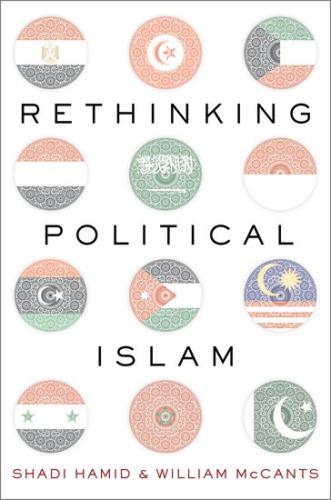
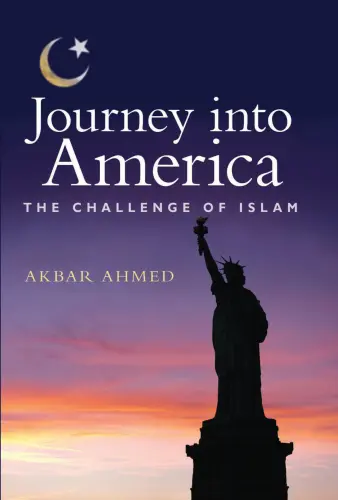
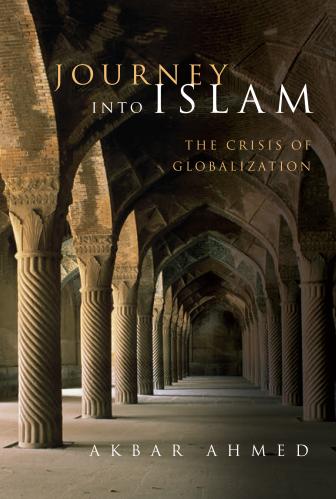
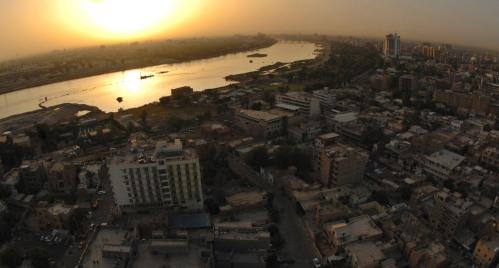
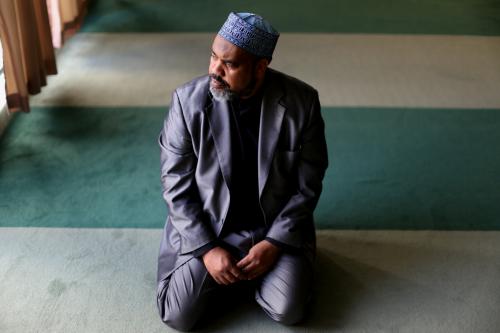
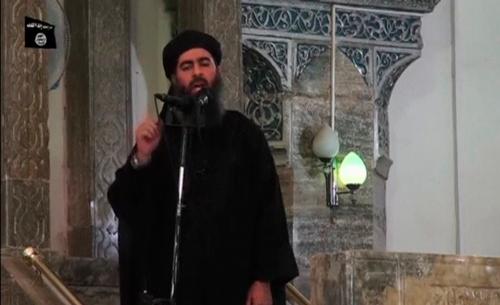
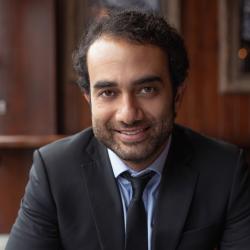



Commentary
What a caliphate really is—and how the Islamic State is not one
November 1, 2016